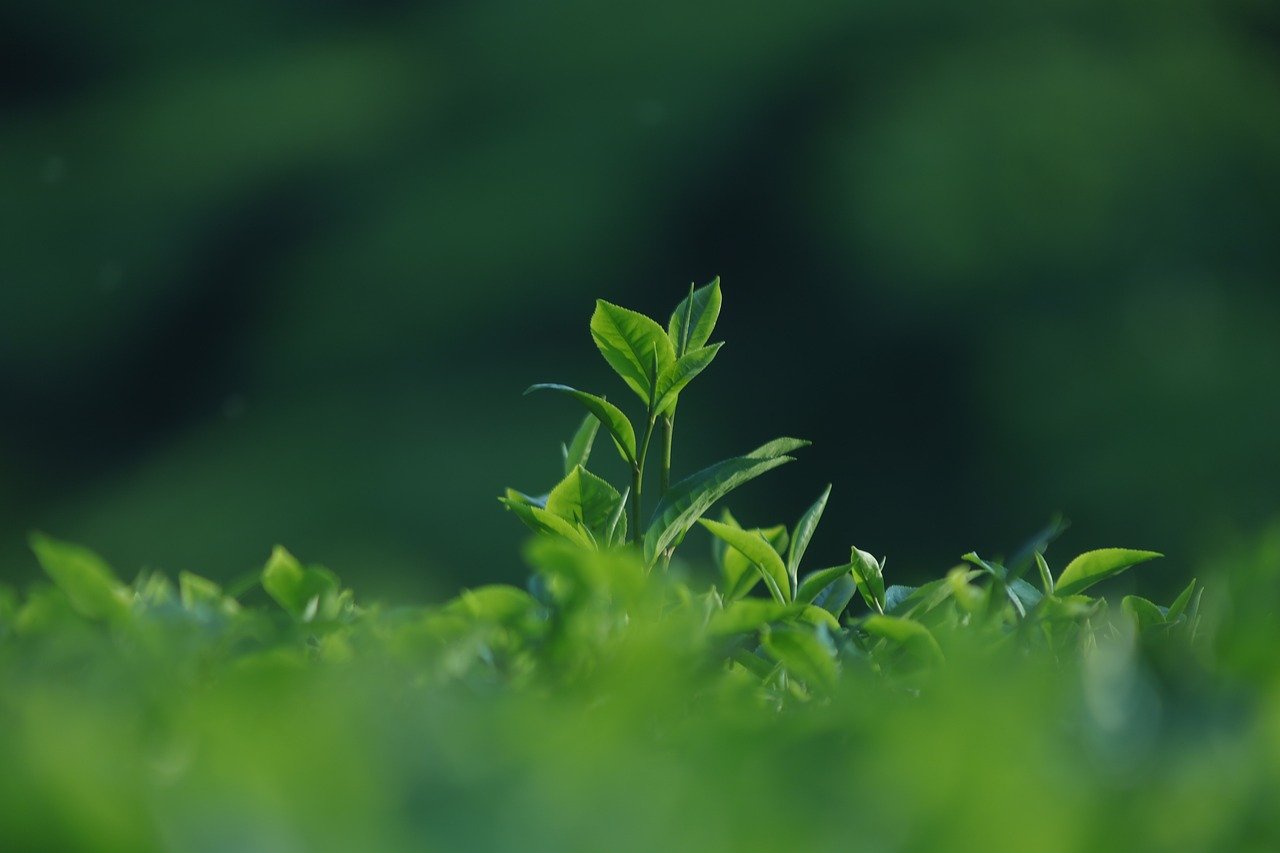Sustainable Tea Production: A Complete Guide to Eco-Friendly Practices in 2025
Picture this: You’re sipping your favorite tea, savoring its rich aroma. But have you ever wondered about the journey those leaves took to reach your cup? In today’s world, that journey matters more than ever. The tea industry is undergoing a remarkable transformation, and sustainability isn’t just a buzzword – it’s becoming the heart of modern tea production.
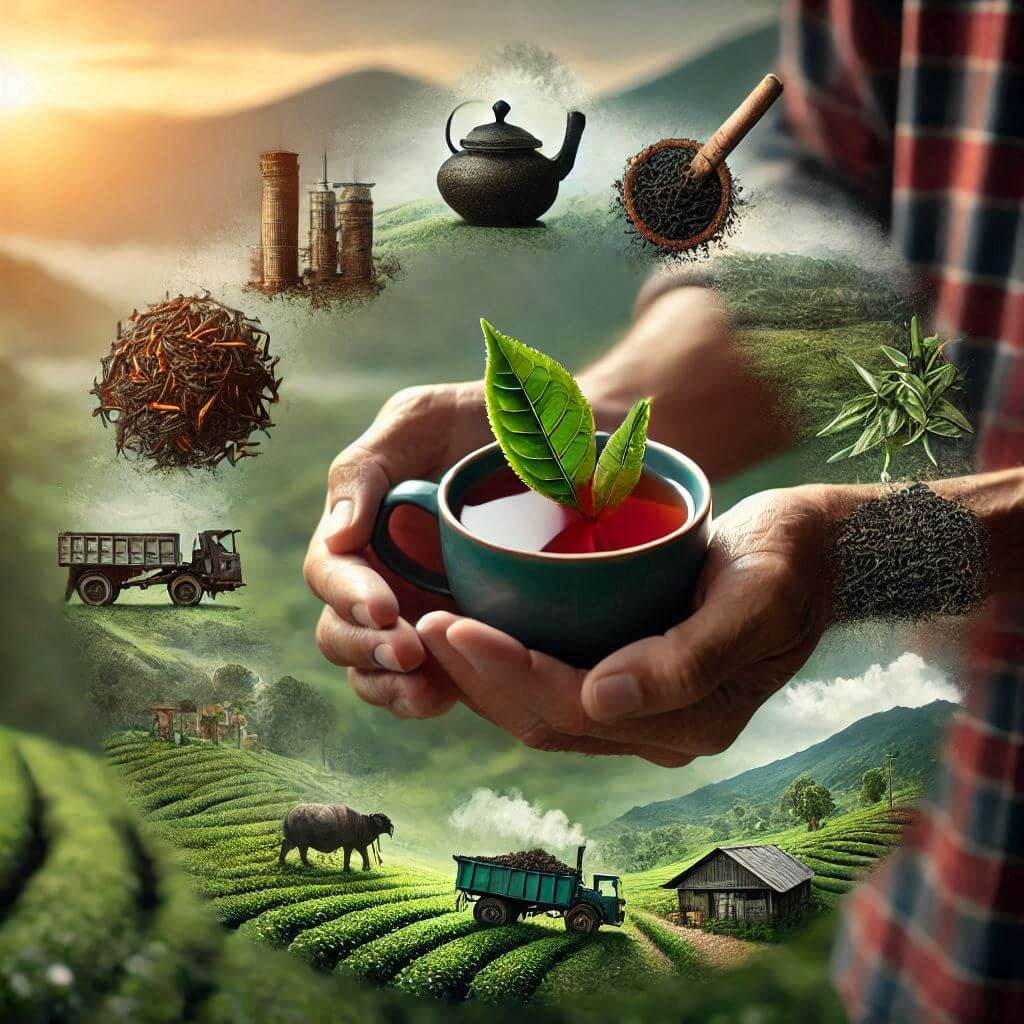
Why Sustainable Tea Production Matters Now More Than Ever
Gone are the days when exceptional taste alone could define a great tea product. Modern consumers demand more – they want to know their daily cup of comfort isn’t coming at the environment’s expense. The entire process, from leaf to lip, needs to embrace sustainability at every turn.
Recent studies show that sustainable tea practices not only benefit the environment but also enhance the quality and flavor of the final product. Organic farming methods allow tea plants to develop more complex flavor profiles, resulting in a superior cup that conscious consumers can feel good about enjoying.
The Art and Science of Sustainable Tea Harvesting
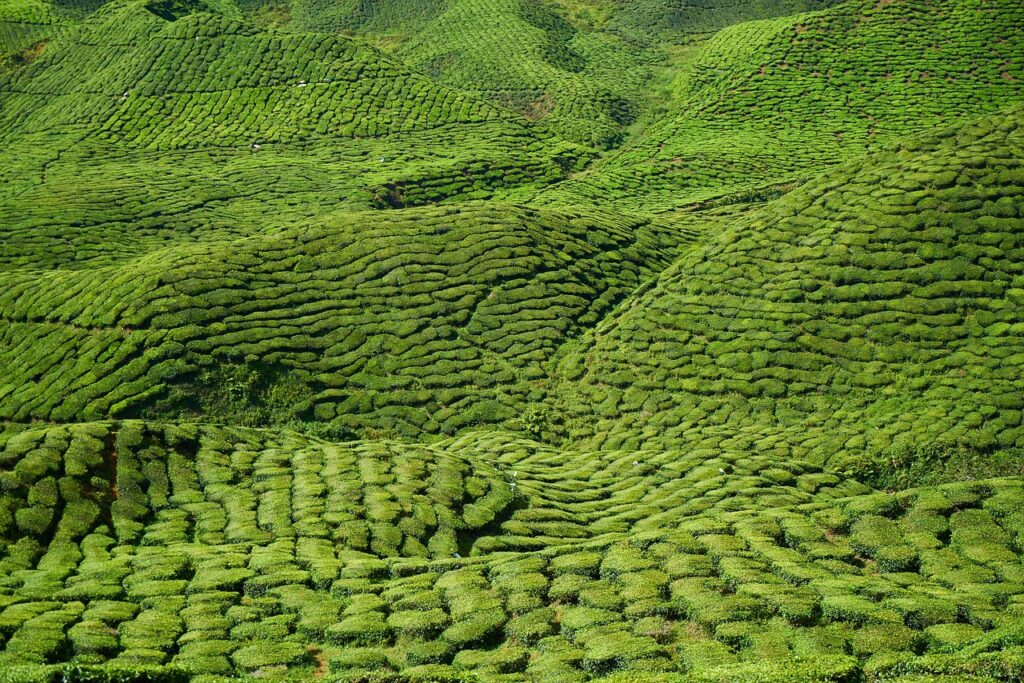
The secret to exceptional tea lies in its origins. Different climates create distinctly different flavors – China’s high-mountain terraces produce deep, rich notes, while northern India’s temperate climate yields lighter, more refined tastes. But today’s tea cultivation demands more than just perfect growing conditions.
Climate’s Impact on Tea Quality
Altitude, soil composition, and weather patterns all play crucial roles in developing tea’s character. High-altitude gardens, for instance, produce teas with more complex flavors due to slower growth rates and increased exposure to sunlight. Understanding these factors helps producers optimize their growing conditions while maintaining ecological balance.
Climate change and resource management have become crucial factors in modern tea production. Forward-thinking tea producers are now focusing on:
- Smart water management systems that minimize waste while maintaining optimal plant health
- Soil protection strategies that ensure long-term sustainability
- Natural pest control methods, including organic repellents and beneficial insects
- Energy-efficient processing techniques that reduce CO2 emissions
- Biodiversity preservation to maintain healthy tea garden ecosystems
Breaking Down the Packaging Crisis in Tea Production
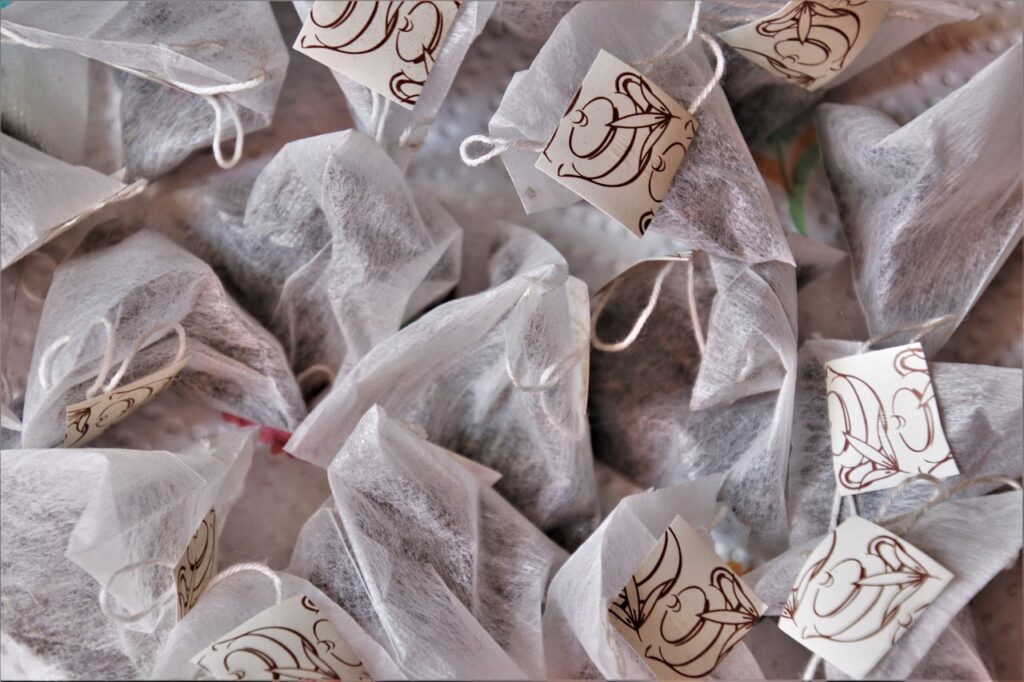
Traditional tea packaging hides a dirty secret. Many tea bags release harmful microplastics and nanoplastics when steeped. Even more concerning, studies have detected toxic elements like arsenic and heavy metals in some conventional tea bags. These materials can take centuries to decompose, contributing to our growing environmental crisis.
The Hidden Cost of Conventional Packaging
Research indicates that a single plastic-based tea bag can release billions of microplastic particles into your cup. This not only poses potential health risks but also contributes to the growing global plastic crisis. The tea industry’s reliance on traditional packaging methods adds millions of tons of waste to landfills annually.
Innovative Solutions for Eco-Friendly Tea Packaging
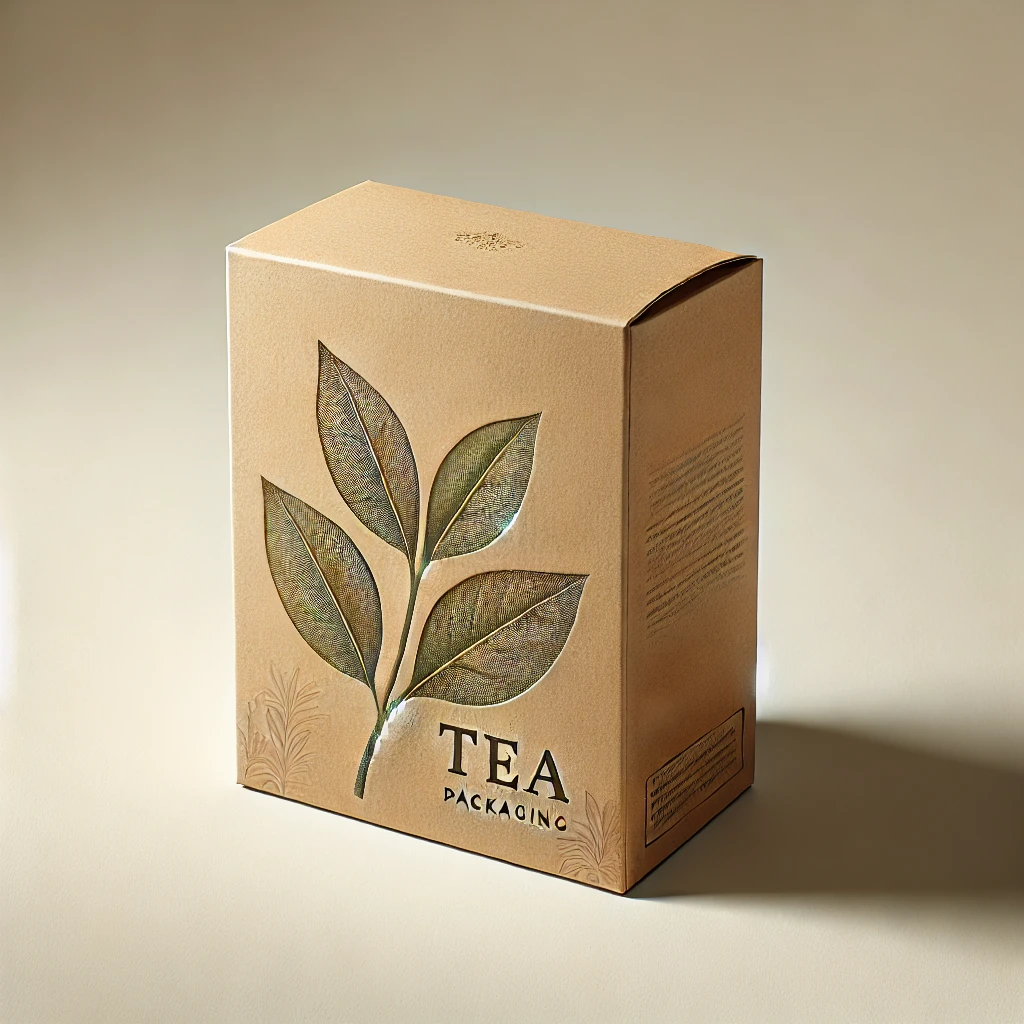
Leading sustainable tea brands are pioneering new packaging solutions:
- Chemical-free pressed paper cups that maintain product integrity without harming the environment
- Biodegradable soy wax alternatives to traditional paraffin
- Heat-bonded corn fiber materials that eliminate the need for harmful adhesives
- Renewable bamboo stirrers that naturally decompose
- Bagasse lids made from sugarcane processing byproducts, offering durability with zero environmental guilt
Supply Chain Transparency and Sustainability
Modern consumers want to know the story behind their tea. Implementing blockchain technology and QR codes on packaging allows customers to trace their tea’s journey from garden to cup. This transparency builds trust and helps consumers make informed decisions about their purchases.
The Investment in Sustainability: Costs vs. Benefits
Let’s be transparent: choosing sustainability comes at a price. Eco-friendly packaging typically costs 35% more than conventional options. Finding certified suppliers who meet stringent environmental standards can be challenging, especially in the U.S. market.
The Economic Advantage of Going Green
However, the investment is increasingly proving worthwhile. An impressive 73% of Gen Z consumers actively seek out and willingly pay more for sustainable products. This environmentally conscious generation isn’t just making purchasing decisions – they’re shaping the future of consumer behavior.
Businesses that embrace sustainability often see:
- Increased customer loyalty and brand advocacy
- Higher profit margins despite initial costs
- Improved market positioning and competitive advantage
- Better resilience against future environmental regulations
Certifications and Standards in Sustainable Tea Production
Navigate the complex world of tea certifications to demonstrate your commitment to sustainability. Key certifications include:
- Rainforest Alliance Certification
- USDA Organic
- Fair Trade Certification
- UTZ Certified
- EU Organic Certification
The Future of Tea: Sustainability as a Core Business Value
For emerging tea brands and established businesses alike, environmental responsibility isn’t optional anymore – it’s essential. Success in tomorrow’s market depends on making sustainability a fundamental part of your business strategy today.
Innovation and Technology in Sustainable Tea Production
The future of sustainable tea production lies in embracing new technologies. From AI-powered irrigation systems to solar-powered processing facilities, technological innovations are making it easier for tea producers to reduce their environmental impact while improving efficiency.
The key to success? Partner with suppliers and producers who share your commitment to environmental stewardship. When you prioritize eco-friendly practices and transparency, you create more than just a product – you build a brand that conscious consumers will trust and support for years to come.
Taking Action: Steps Toward Sustainability
Ready to make your tea business more sustainable? Start with these actionable steps:
- Audit your current environmental impact
- Research and implement eco-friendly packaging alternatives
- Build relationships with sustainable suppliers
- Educate your team about sustainable practices
- Communicate your environmental commitments to customers
Remember, every sustainable choice you make today helps ensure that future generations can continue enjoying their perfect cup of tea, without compromising our planet’s health. The journey toward sustainability is ongoing, but the rewards – for your business, your customers, and our planet – make it worthwhile.
